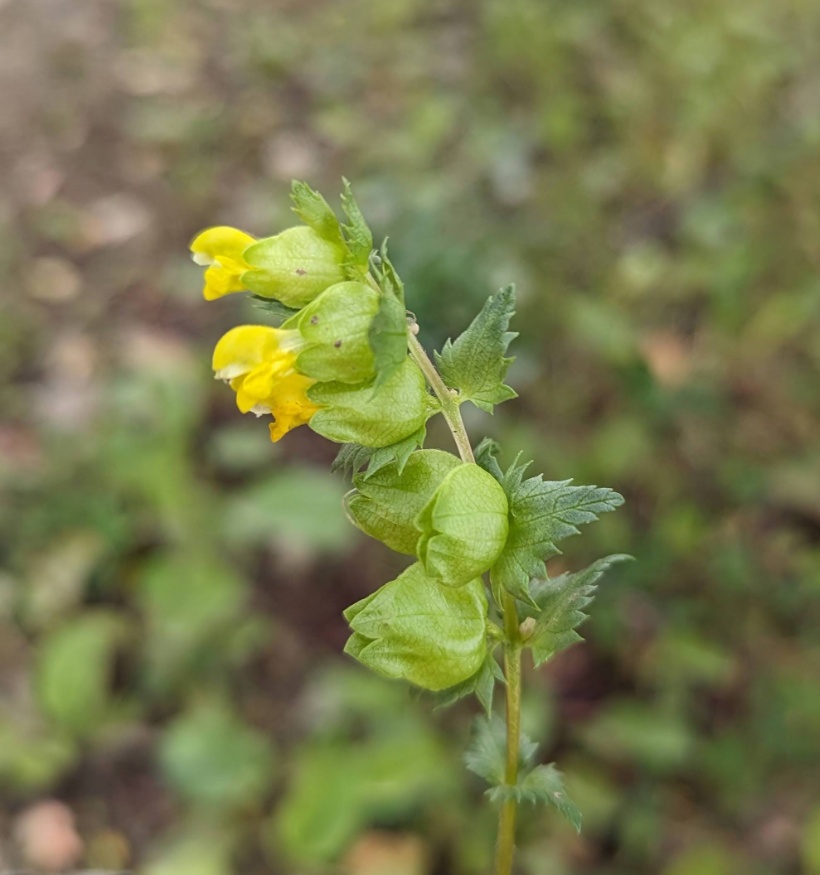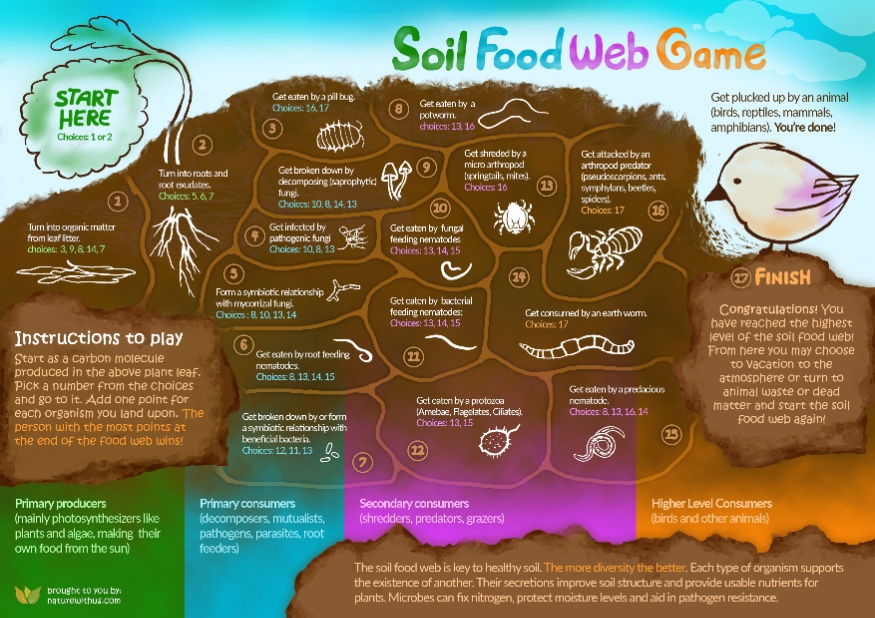Why You Shouldn't Garden In Wet Soil
In landscaping, agriculture, any many other industries, soil compaction can have negative effects on soil health and plant growth. This is especially true for high vehicle or foot traffic areas or those exposed to heavy machinery. It can take years to bring soil back to its natural state, so it's important to know its causes, what compaction does and how to avoid it.
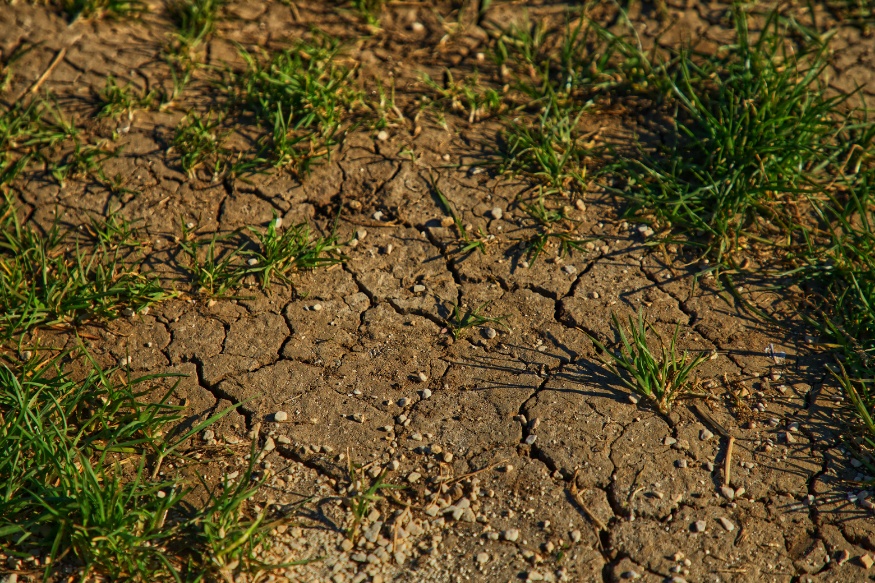
What Compaction Does To Soil
Soil should ideally consist of about 50% solids, 25% water, and 25% air. When compaction occurs soil particles press together reducing pore space. This changes its physical and chemical properties such as bulk density (weight for a given volume), infiltration rate, and soil elasticity. Compacted soils are slower to drain water and slower to absorb it, creating puddles and waterlogged situations. With less space for air pockets, the soil environment becomes un-livable for many beneficial soil organisms. Lack of oxygen increases the activity of anaerobic microbes which release plant-loving nitrogen into the atmosphere. The process is called denitrification, and it basically lowers soil nutrition.
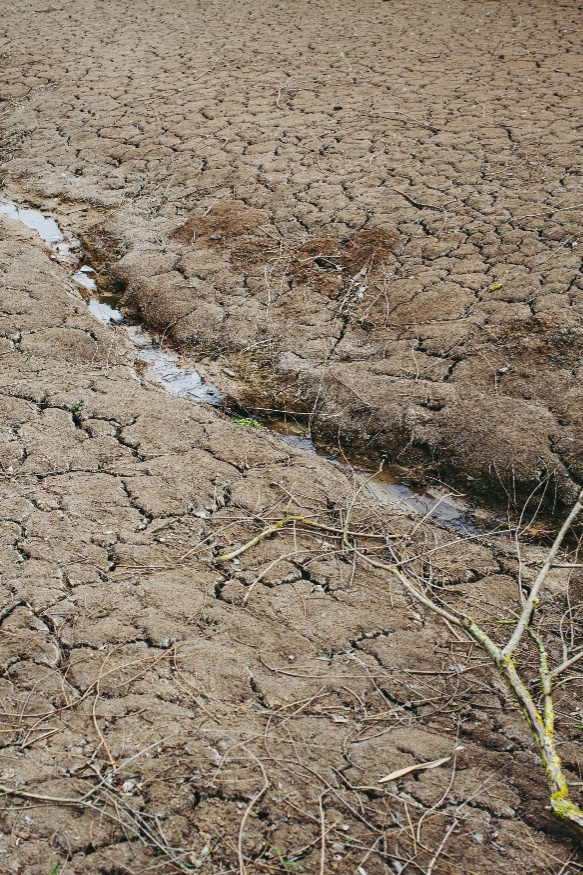
Since compaction makes soil more dense, it becomes harder for roots to force themselves through it. As a result, they develop shorter, less fibrous root systems. This usually affects the most desirable plants in landscapes such as vegetables and ornamentals. Weeds and invasives then dominate and take over since they have strong tap roots and can tolerate poor soil conditions. It's actually nature's' method of de-compacting and conditioning the soil for successive generations of plants.
Causes Of Soil Compaction
Soil is most vulnerable to compaction when in a "plastic" state, or just near maximum water capacity. When soil particles are lubricated, they slide more easily and are therefore less resistant to closing in on their pores, yet not so saturated that water can act as a cushion between particles. Soil enters the ideal condition for compaction to occur. For this reason, avoid working on wet soil, especially if it's not quite completely saturated or soaking wet yet.

Construction, agriculture, and the clearing of land removes plant material, exposing open soil to the elements. Plants are a natural buffer for rain impact on soil surfaces. Open ground caused by disturbed or abandoned land can allow the impact of continual rainfall to pound on open soil, causing compaction. This is especially true on clay sites that already have poor drainage.
Continuous tillage can also lead to eventual compaction because it breaks down soil aggregates, destroying soil structure. It can also create a compact hard pan just below the level of tillage if tilling is always performed at the same depth.
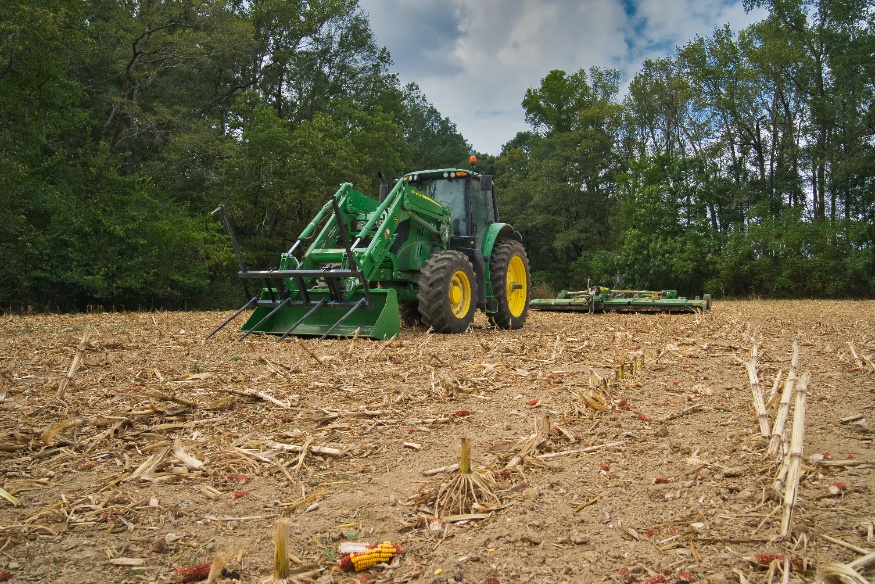
Fixing Compacted Soil
Compacted soil can take some time to reverse. Adding organic matter will will increase microbial colonies, fungal networks, and worm populations. Promoting microbial activity creates soil aggregates (soil particles that bind together in stable units) which improve soil structure. Using an aerator will also allow air and nutrients through, increasing root growth, and decreasing anaerobic activity. Applying mulch will protect soil from rain and distribute the weight of foot traffic. Freeze thaw cycles have been said to be effective in de-compacting soil but this is rarely the case past a few inches from the surface.
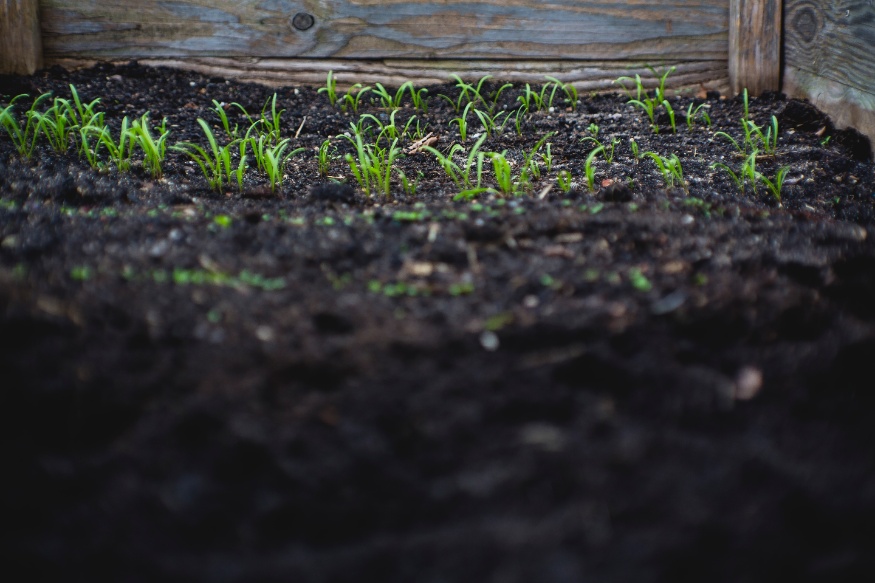
When Soil Compaction Is Necessary
There are occasional cases where intentional soil compaction is used and there are some benefits. Some seed crops are pressed into the ground to providing good seed to soil contact, allowing them to germinate more readily. Also, in a very light soil with little rainfall, compaction can help to retain moisture that would otherwise be lost.
Avoiding Soil Compaction
The heavier the load, the deeper the compaction will go below the surface and harder it will be to relieve it. Maintain designated paths for heavy machinery, foot, or vehicle traffic, and use plywood boards or mulch to distribute the weight. Avoid working in the yard when soil is wet or wait for it to dry if at all possible.
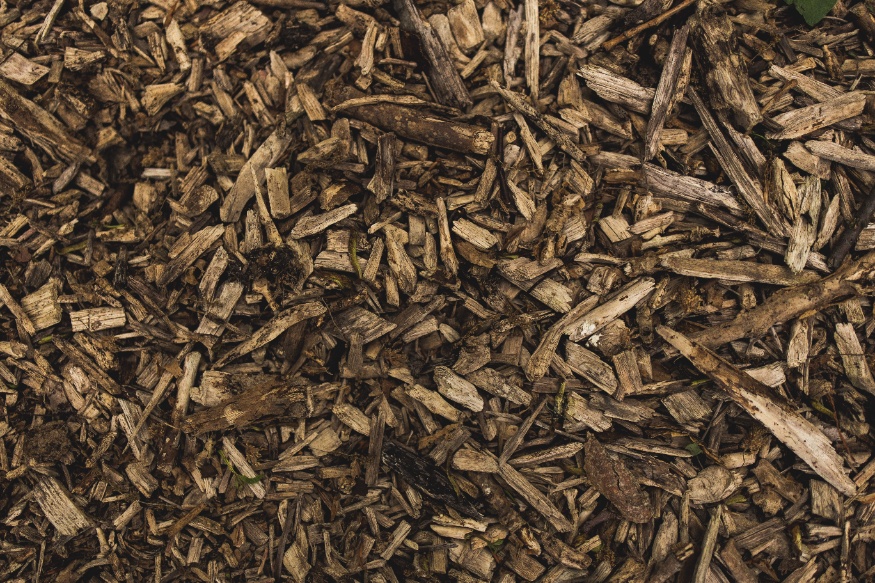
References
Agri - Facts. (2010). Agricultural Soil Compaction: Causes and Management. Retrieved from https://www1.agric.gov.ab.ca/$department/deptdocs.nsf/all/agdex13331/$file/510-1.pdf?OpenElement
Al-kaisi, M. Professor of Soil Management/ Environment, Iowa State University Extension and Outreach. (2001). Wet soils vulnerable to compaction. Retrieved from https://crops.extension.iastate.edu/encyclopedia/wet-soils-vulnerable-compaction
Arriaga, A. and Luck, B. University of Wisconsin-Madisonn, and UW-Extension. Guidelines for Soil Compaction Management During a Wet Harvest Season. Retrieved from https://fyi.extension.wisc.edu/extensionresponds/files/2016/10/Soil-Compaction-Wet-Harvest-V3-161003.pdf
Britannica, The Editors of Encyclopaedia. "Denitrifying bacteria". Encyclopedia Britannica, 7 Feb. 2019, https://www.britannica.com/science/denitrifying-bacteria. Accessed 27 February 2021.
University of Minnesota Extension. (2018). Soil compaction. Retrieved from https://extension.umn.edu/soil-management-and-health/soil-compaction
Brown, K. (The University of Western Australia) and Wherrett , A. (Department of Agriculture and Food, Western Australia). (2021). Bulk Density – Measurement. Retrieved from http://soilquality.org.au/factsheets/bulk-density-measurement
